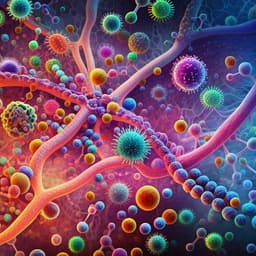
Biology
Turnover number predictions for kinetically uncharacterized enzymes using machine and deep learning
A. Kroll, Y. Rousset, et al.
Discover TurNuP, a groundbreaking model developed by Alexander Kroll, Yvan Rousset, Xiao-Pan Hu, Nina A. Liebrand, and Martin J. Lercher that predicts enzyme turnover numbers (kcat) with remarkable generalizability. This innovative tool integrates reaction fingerprints with advanced protein sequence analysis, enhancing metabolic model predictions and providing easy web access to vital biochemical insights.
~3 min • Beginner • English
Related Publications
Explore these studies to deepen your understanding of the subject.







